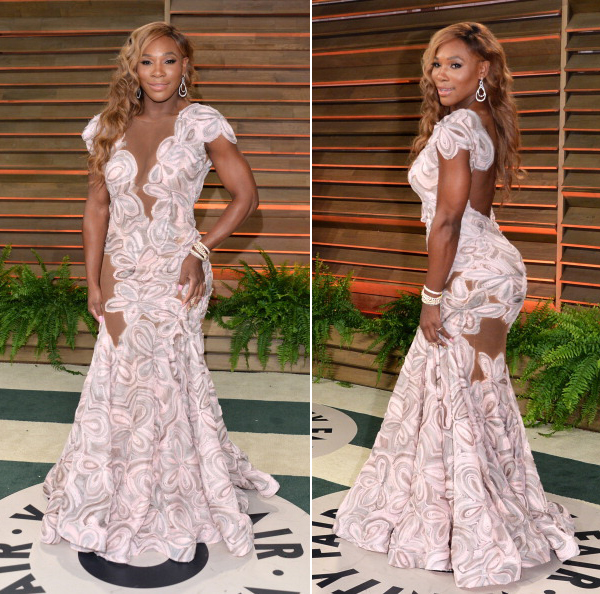SAP Revolutionizes WTA Coaching
When the WTA and SAP announced a multi-year sponsorship in 2013, most of us in tennis wondered what the technology company’s ultimate deliverable would look like. Flash forward three years and SAP’s vision on how its data solutions could elevate the women’s game has become clear: start with the on-court product.
After a full year of data collection from matches and opening up the development process to players and coaches, SAP launched its on-court coaching tablet last August. The tablet, which had to be retrofitted to work in tennis’ grueling sun and heat conditions, allows coaches to track real-time match data from the coach’s box and, if needed, use the tablet as a visual aid during on-court coaching timeouts.
“When SAP looked to partner with the WTA this was one of the main reasons why women’s sport was something that we were interested in,” said Jenni Lewis, head of tennis technology at SAP. “Because we saw we could work together in impacting the sport in a positive way with technology. Playing by the rules, but still being able to say there was a gap there we could fill. The On Court Coaching rule has been there for a long time. Now we have the ability to bring in some facts to that conversation.”
But there’s only so much information a coach and player can process during a match. Using feedback from coaches with respect to the data points they are most interested in during matches, SAP worked to curate the tablet experience to make sure they had what they needed at their fingertips.
Away from the matches, coaches and players now have access to a robust Tournament Performance Center, an online portal that provides access to even more data and information which can be configured by each user. While the coaching tablet has been heavily refined so as to not overwhelm the coaches with information while they are trying to manage the match, the TPC unlocks a wealth of information for coaches to use in analysis, scouting, and preparation. The courtside solution is only accessible via a WTA authorized tablet. The TPC can be used on a website, tablet, or mobile device.
“I think it’s a game changer,” said Nicole Pratt, who currently coaches Daria Gavrilova, “The data that’s now available to the coaches and what the coaches are giving back to the players.”
The hope is that access to information will give coaches the tools to become better coaches and result in better players and a better on-court product. As Pratt told WTA Insider last year, the hard data helps solidify the player/coach relationship and cuts through the debate as to what did or did not happen in a match so both can focus on reinforcing solutions or diagnosing the problems.
“Sometimes you see the player and the coach arguing on court,” Pratt said. “With this data you cannot have that argument on court because it’s real. It’s right in front of them.”
The result is an uptick in efficiency, driven by the needs of the coaches.
“The platform gives us the flexibility, but the people give us the ideas,” Lewis said. “So we’ve been very lucky to have that access and also the buy-in from the coaches and the players about telling us. We took some time because we wanted to make sure the adoption happened.”
The current databases are built off automated data from the umpire’s electronic scoring devices, meaning there is a guaranteed minimum threshold of data points for every match on tour, as well as Hawkeye data where available. In the future, Lewis hopes to be able to incorporate racquet technology and data generated from wearables into the full dataset. In the meantime, the next step is to provide more analytical tools for broadcast and media to be able to use the data to enhance their storytelling abilities.
#SAPCoachesView: See insights on how @Vika7 Azarenka got the upper hand against Kuznetsova in the @MiamiOpen final! pic.twitter.com/pYeqUgG5Hc
— WTA (@WTA) April 2, 2016
Speaking to reporters at the Miami Open, WTA President Micky Lawler highlighted the potential health benefits of SAP’s work as well. The more data the tour has on the physical effects of game on the players’ bodies could impact everything from the tour’s Sports Science and Medicine team to how best to reconfigure the circuit structure to protect the athletes.










